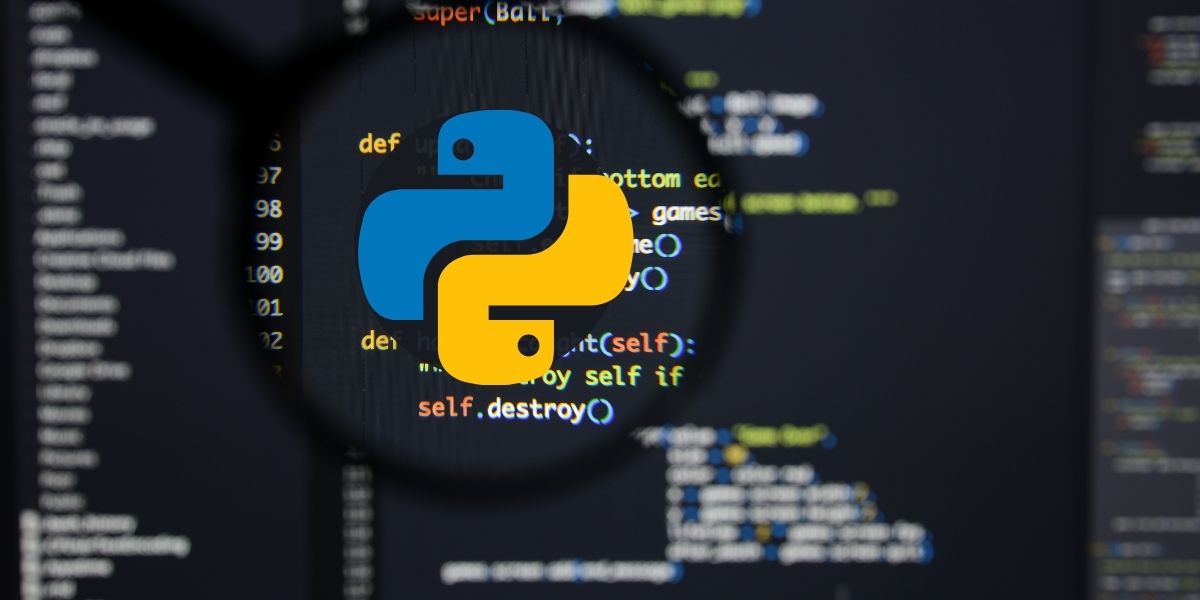Python has rapidly grown into one of the most popular programming languages in the world. Whether you’re a complete beginner or someone looking to switch careers, learning Python in 2025 is a smart choice. But why is Python so popular, and what makes it a go-to language for developers, data scientists, and even hobbyists?
In this blog, we’ll explore the reasons behind Python’s popularity, its real-world applications, and how you can get started on your Python journey today.
What is Python?
Python is a high-level, interpreted programming language known for its simple syntax and readability. Created by Guido van Rossum and released in 1991, Python is designed to emphasize code readability, making it ideal for beginners.
Unlike some other programming languages, Python uses English-like commands and requires fewer lines of code to perform the same task. This simplicity makes it a top choice for learning to code.
Why is Python Popular in 2025?
- Easy to Learn and Use Python’s syntax is clean and straightforward, making it accessible for beginners. You don’t need to worry about complex structures or confusing syntax. It’s often recommended as the first programming language for those new to coding.
- Versatile Applications Python can be used in a wide variety of domains:
- Web development (Django, Flask)
- Data analysis and machine learning (Pandas, NumPy, Scikit-learn)
- Automation and scripting
- Game development
- Cybersecurity
- Internet of Things (IoT)
- Strong Community Support Python has a massive global community. Whether you’re stuck on a coding problem or looking for tutorials, there are countless forums, YouTube videos, and documentation available for free.
- Demand in the Job Market In 2025, Python developers are among the most sought-after in the tech industry. Companies ranging from startups to tech giants like Google, Netflix, and Spotify use Python in their tech stacks.
- Free and Open Source Python is free to use and open source, which means anyone can download and start using it without spending a dime. It also has thousands of free libraries and tools to help you develop faster.
How to Start Learning Python
If you’re ready to begin your Python journey, here are some steps you can follow:
1. Install Python
Download and install the latest version from the official site: https://www.python.org/
2. Choose an IDE
Use an IDE (Integrated Development Environment) like:
- VS Code
- PyCharm
- Jupyter Notebook (great for data science)
3. Learn the Basics
Start with the core concepts:
- Variables and Data Types
- Conditional Statements
- Loops
- Functions
- Lists, Tuples, and Dictionaries
4. Work on Projects
Apply your skills by building simple projects such as:
- A calculator
- A to-do list app
- A weather app using APIs
5. Explore Advanced Topics
Once comfortable with the basics, move on to:
- Web development with Flask or Django
- Data analysis with Pandas
- Machine learning with Scikit-learn or TensorFlow
Final Thoughts
Python is not just a programming language—it’s a gateway to a world of opportunities. Whether you aim to become a web developer, data analyst, AI engineer, or automation expert, Python gives you the tools to succeed.
The best time to start learning Python was yesterday. The next best time is now.
